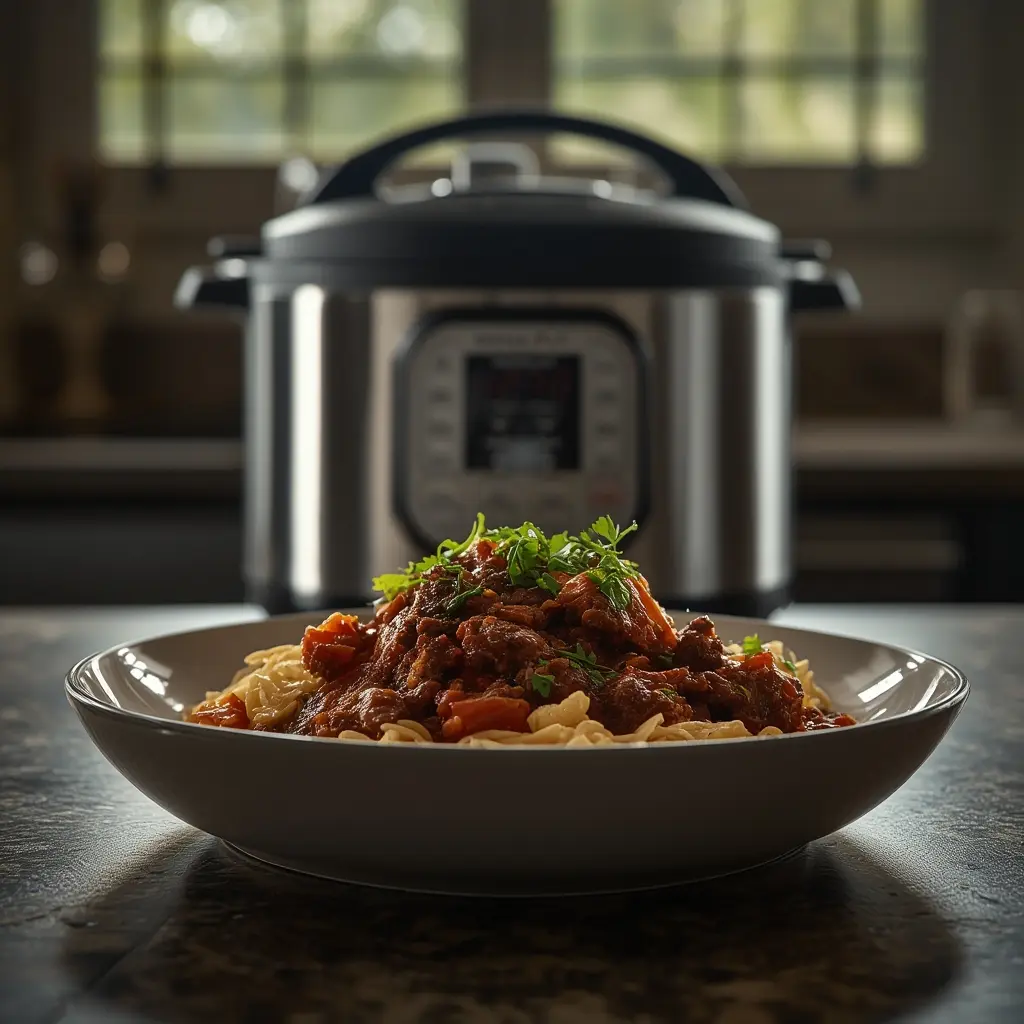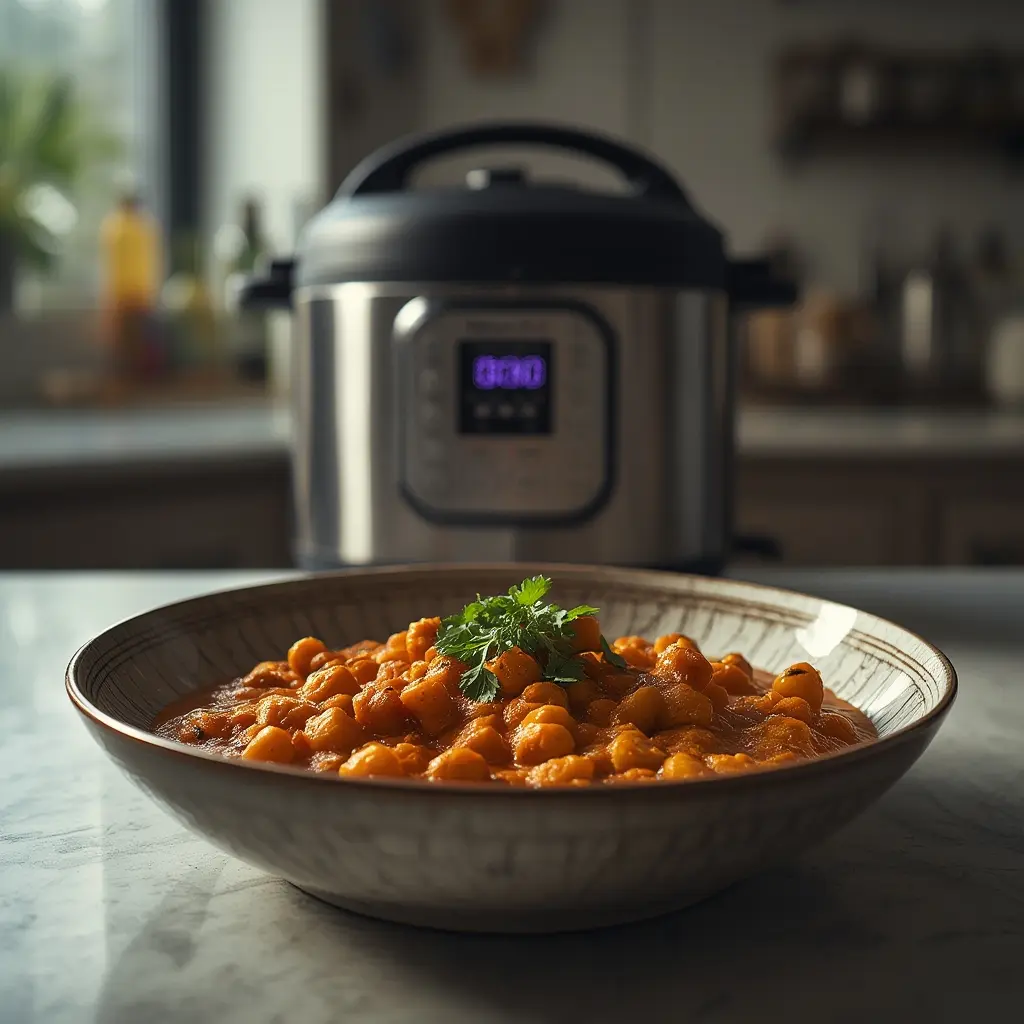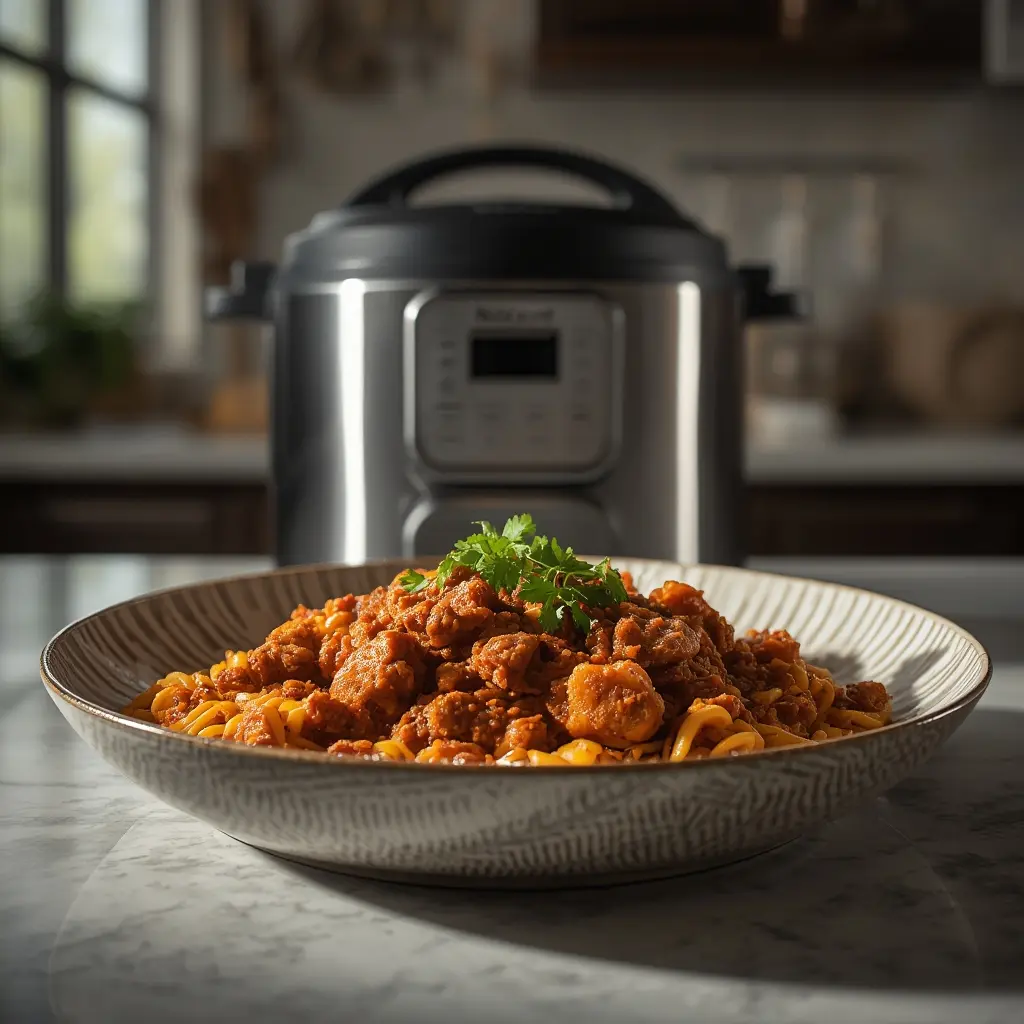Introduction
A steaming bowl of homemade broth is the secret ingredient to countless recipes, from hearty soups to rich sauces. But getting that perfect, flavorful broth takes more than just tossing ingredients into a pot. If you’ve ever wondered how to elevate your broth-making game, you’re in the right place! This guide covers the best tips for making homemade broth—from choosing the right ingredients to storing it for future meals. Let’s dive in and transform your kitchen into a broth-making haven.
Table of Contents
Understanding the Basics of Homemade Broth
What Is Homemade Broth?
Before diving into the best tips for making homemade broth, it’s important to know what sets broth apart. Unlike stock, which is often thicker and made from simmered bones, broth includes meat and vegetables, giving it a lighter texture and richer flavor. Bone broth, on the other hand, simmers for hours to extract nutrients, resulting in a gelatinous, nutrient-packed liquid. Knowing these differences helps you tailor your broth to specific recipes and dietary needs.
Benefits of Making Homemade Broth
Why bother making broth at home when store-bought options are so convenient? For starters, homemade broth is free from preservatives and packed with nutrients. You control the ingredients, ensuring a healthier, tastier result. It’s also cost-effective—turning leftover bones and vegetable scraps into something delicious. And let’s not forget the depth of flavor homemade broth brings to dishes like soups, stews, and risottos!
Essential Tools for Homemade Broth
Having the right tools makes a world of difference. A large, heavy-bottomed pot is crucial for even heat distribution. Fine-mesh strainers ensure a clear liquid, free of impurities. For extra convenience, a slow cooker or Instant Pot allows you to simmer broth with minimal effort. These tools not only simplify the process but also enhance the quality of your homemade broth.
Choosing Ingredients for the Best Homemade Broth
Bones vs. Meat: What Works Best?
When it comes to the best tips for making homemade broth, choosing the right bones is crucial. For a rich and flavorful broth, use bones that have a mix of collagen and marrow. Chicken backs, beef knuckles, or pork necks work beautifully. If you’re aiming for a lighter broth, such as chicken or fish, focus on fresh, high-quality bones. Roasting the bones before simmering can deepen the flavor and add complexity to the final result.
Vegetables and Aromatics
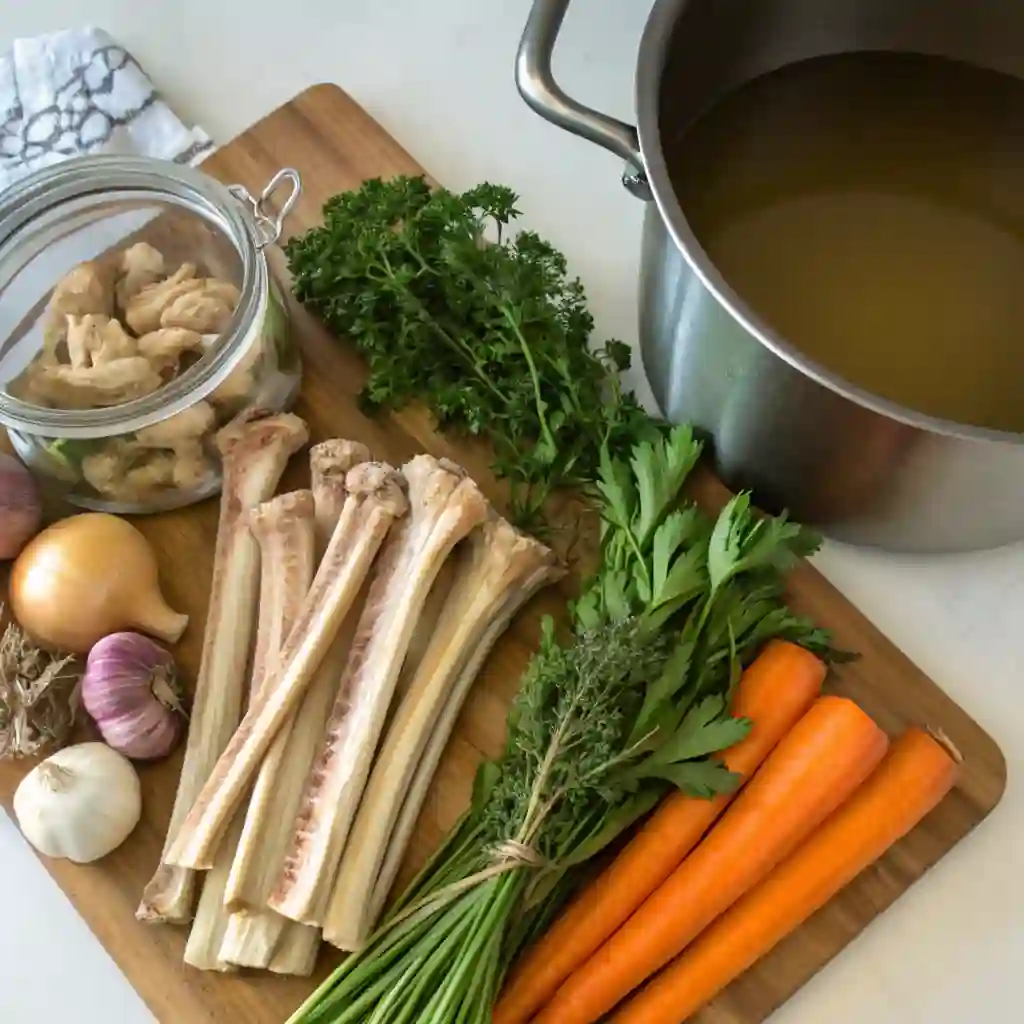
Vegetables and herbs are the backbone of any flavorful broth. To create a balanced base, classic choices such as carrots, celery, and onions are ideal because they add subtle sweetness and depth. Additionally, for those looking to enhance complexity, consider tossing in garlic, leeks, or fennel. Furthermore, herbs like parsley, thyme, and bay leaves are essential, as they infuse your broth with aromatic notes that elevate its flavor.
However, it’s important to avoid starchy or strong-flavored vegetables like potatoes or broccoli. These ingredients can cloud the broth and overpower its delicate balance, which could compromise the overall taste. By carefully selecting your vegetables and aromatics, you ensure a broth that is both clear and delicious.
Water Quality and Additives
While water seems like a simple component, its quality matters. Use filtered water to avoid any off-flavors. As for seasoning, a pinch of salt can enhance the taste, but avoid over-salting since the broth may reduce further in cooking. A splash of vinegar or lemon juice helps extract minerals from the bones, adding a subtle tang and boosting the nutritional content.
The Cooking Process for Homemade Broth
Low and Slow: The Key to Great Broth
When making homemade broth, one of the most important tips is to master the slow simmer method. Cooking your broth on low heat over an extended period not only enhances the flavor but also extracts the maximum amount of nutrients. Conversely, rapid boiling can lead to a cloudy broth and diminish some of the delicate flavors. For instance, if you are making chicken broth, aim for 4–6 hours. However, for beef or bone broth, simmering for 12–24 hours produces the best results.
Skimming Impurities for Clarity
To achieve a clear and visually appealing broth, skimming impurities is essential throughout the cooking process. As the broth simmers, foam or fat will rise to the surface. Therefore, using a fine-mesh skimmer or spoon to remove these impurities regularly is highly recommended. Not only does this step prevent bitterness, but it also ensures a clean and balanced final product.
Timing for Different Types of Broth
The cooking time for broth depends on the type of ingredients used. Chicken broth typically requires 4–6 hours to extract flavor, while vegetable broth can be ready in just 1–2 hours. Beef or bone broth needs a longer simmering time—anywhere from 12 to 24 hours—to fully release nutrients and gelatin. Keep an eye on the liquid level during cooking and add water as needed to prevent it from reducing too much.
Flavor Enhancements for Homemade Broth
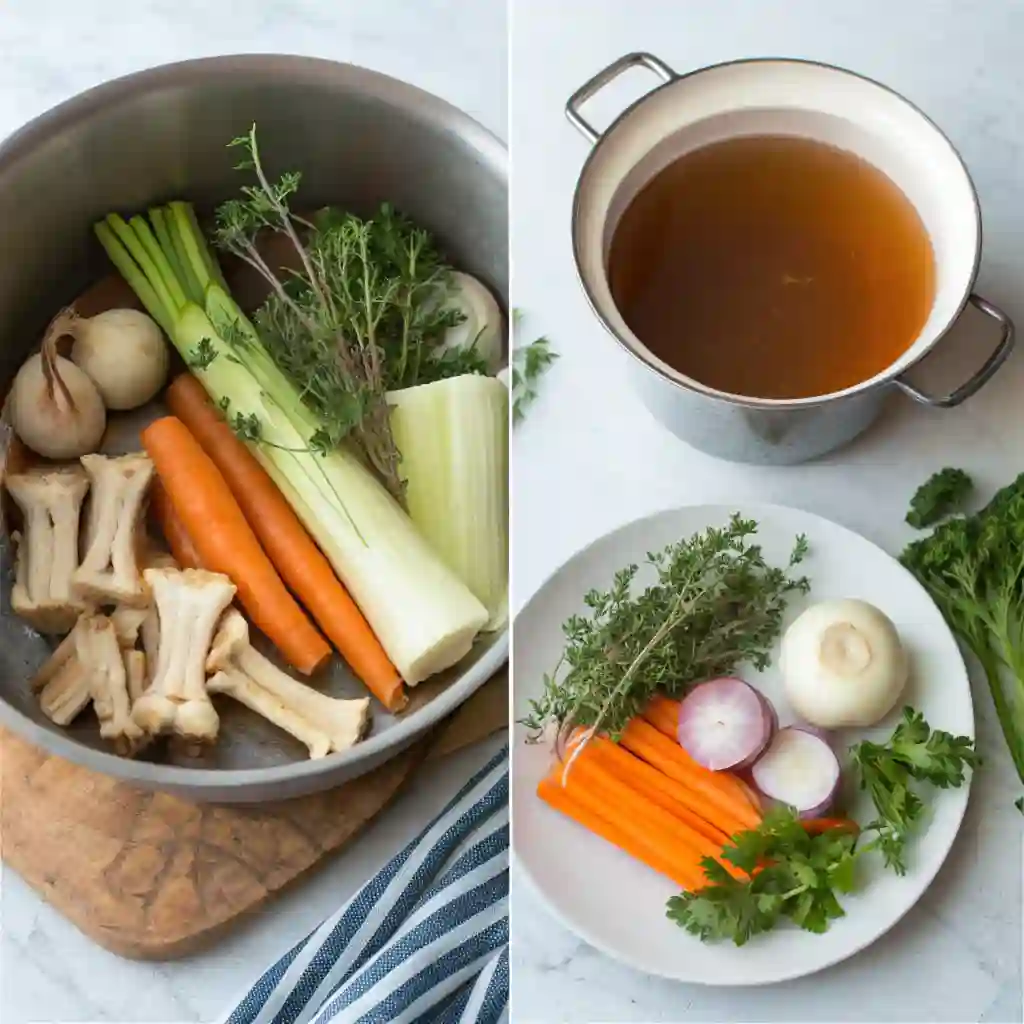
Adding Depth to Homemade Broth with Roasting
One of the best tips for making homemade broth is using roasted ingredients. Roasting bones and vegetables before simmering brings out a rich, caramelized flavor. Place your bones and veggies—such as onions, carrots, and garlic—on a baking sheet, drizzle with a little oil, and roast at 400°F until golden brown. This step intensifies the broth’s taste, making it a flavorful base for any dish.
Common Mistakes That Can Ruin Your Broth
Even the best intentions can go wrong when making broth. Over-salting is a common mistake, especially since broth reduces during cooking, amplifying the saltiness. To avoid this, season lightly at the start and adjust once the broth is finished. Adding too many strong-flavored vegetables like broccoli or cabbage can overpower the broth. Keep it balanced by sticking to milder aromatics like celery, parsley, and thyme.
Storing and Using Homemade Broth
How to Store Homemade Broth Safely
Proper storage is one of the best tips for making homemade broth that ensures its flavor and freshness last. After cooking, allow the broth to cool completely before storing to prevent condensation and bacteria growth. Strain the broth through a fine-mesh sieve to remove any solids like bones or vegetable scraps, leaving you with a clear, smooth liquid.
Refrigeration Tips:
For short-term storage, transfer the strained broth into airtight glass jars or BPA-free plastic containers. Glass jars are especially great for preserving the broth’s flavor and preventing any odors from seeping in. Keep the containers sealed tightly to avoid contamination and refrigerate promptly. Most broths stay fresh for 4–5 days in the fridge, but always check for an off smell or cloudy appearance before use.
Freezing Tips:
Freezing is ideal for long-term storage. Portion the broth into smaller amounts using freezer-safe bags, silicone molds, or ice cube trays. Smaller portions are convenient for recipes that require only a cup or two of broth. Lay the bags flat in the freezer for easy stacking, saving valuable space. Label each container with the date and type of broth to keep your freezer organized. Frozen broth can last up to three months without losing quality, but it’s best to use it sooner for maximum flavor.
Creative Ways to Use Homemade Broth
Homemade broth isn’t just a soup base—it’s a versatile kitchen staple that can transform countless dishes. Here are some exciting ways to use your broth:
1. Cooking Grains and Pasta:
Substitute water with broth when cooking rice, quinoa, or pasta. The broth infuses these staples with a rich, savory flavor, making them stand out as side dishes or bases for bowls.
2. Enhancing Sauces and Gravies:
Use homemade broth to deglaze a pan after cooking meat or vegetables. The resulting liquid creates a flavorful foundation for gravies, pan sauces, or even a quick reduction.
3. Elevating Vegetable Dishes:
Steam vegetables in broth instead of water for a subtle flavor boost. Broth also works well as a liquid for mashing potatoes, adding depth without extra butter or cream.
4. Making Drinks and Cocktails:
Bone broth, in particular, can be sipped as a warming drink or used in cocktails like Bloody Marys for a savory twist. It’s a nutritious and trendy alternative to traditional beverages.
5. Freezing for Instant Soups:
Portioned broth cubes can be a lifesaver for quick meals. Add a few frozen cubes to a pot with leftover vegetables, meat, or pasta, and you’ll have a comforting soup ready in no time.
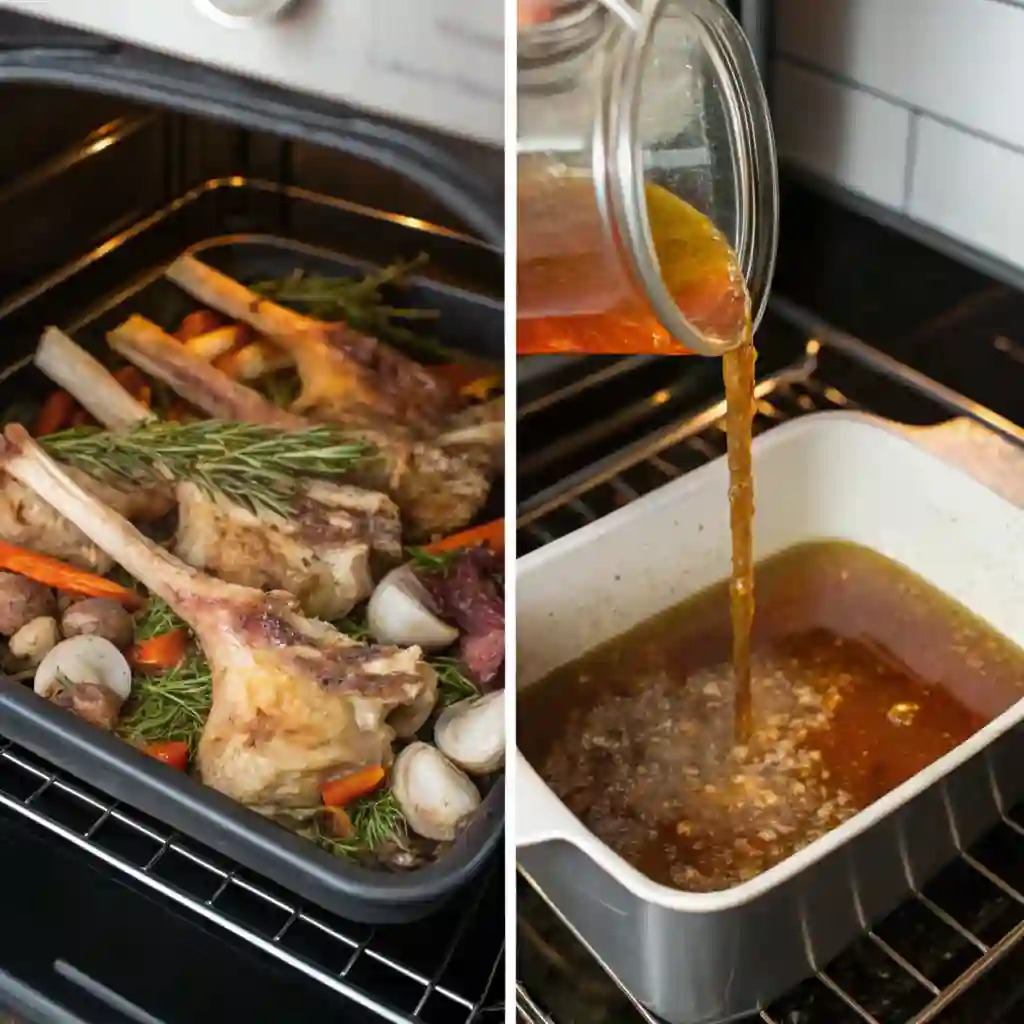
Expert Tips for Storing and Using Broth
To ensure you get the most out of your homemade broth, consider these pro tips:
- Avoid Freezer Burn: Always leave a small gap at the top of containers to allow for expansion, and make sure the lids are tightly sealed to prevent freezer burn.
- Thaw Safely: Defrost broth in the fridge overnight or place the frozen container in a bowl of warm water for quicker results. Never leave broth at room temperature to thaw.
- Double the Flavor: When reheating broth, you can add fresh herbs, a splash of wine, or a squeeze of lemon to brighten up the flavor.
Having homemade broth on hand makes meal prep more efficient, reduces food waste, and elevates your cooking. With these best tips for making homemade broth, you’ll always have a flavorful foundation for your favorite recipes.
For more creative recipe ideas, explore our Chicken Noodle Soup Recipe and enjoy the comforting taste of homemade cooking!
FAQs About Homemade Broth
Can You Freeze Homemade Broth Effectively?
Yes, freezing is one of the easiest ways to make homemade broth last longer. Use freezer-safe containers, silicone bags, or ice cube trays to portion it. Ice cube trays are perfect for freezing small amounts, letting you use only what you need without thawing the whole batch. Before freezing, cool the broth completely to avoid ice crystals, which can change its flavor and texture.
Can You Reuse Bones for Homemade Broth?
Reusing bones to make another batch of broth is a smart way to get more out of your ingredients. While the second batch will be lighter in flavor and nutrients, it can still make a tasty broth. Add fresh veggies and herbs to boost the flavor, and simmer for a shorter time to avoid losing quality.
How Long Does Homemade Broth Stay Fresh?
Homemade broth lasts about 4–5 days in the fridge if stored properly. In the freezer, it stays good for up to three months. Always label containers with the date so you can use the broth before it loses quality. If the broth smells bad or looks strange, throw it out.
Pro Tips for Homemade Broth Success
Secrets from Professional Chefs
Want to make broth like a pro? Start by layering flavors. Toast spices such as peppercorns or cumin before adding them to the pot for extra depth. Adding a splash of wine or apple cider vinegar early on boosts flavor and helps draw nutrients from the bones.
Adapting Broth Recipes for Dietary Needs
Homemade broth is easy to adjust for different diets. For a vegan option, swap bones for vegetables like mushrooms, leeks, and tomatoes. For a keto-friendly broth, avoid starchy veggies and focus on high-collagen bones. If you’re cutting back on salt, skip it during cooking and season individual servings instead.
By using these tips, you can make delicious, versatile broth that adds flavor to any recipe.



